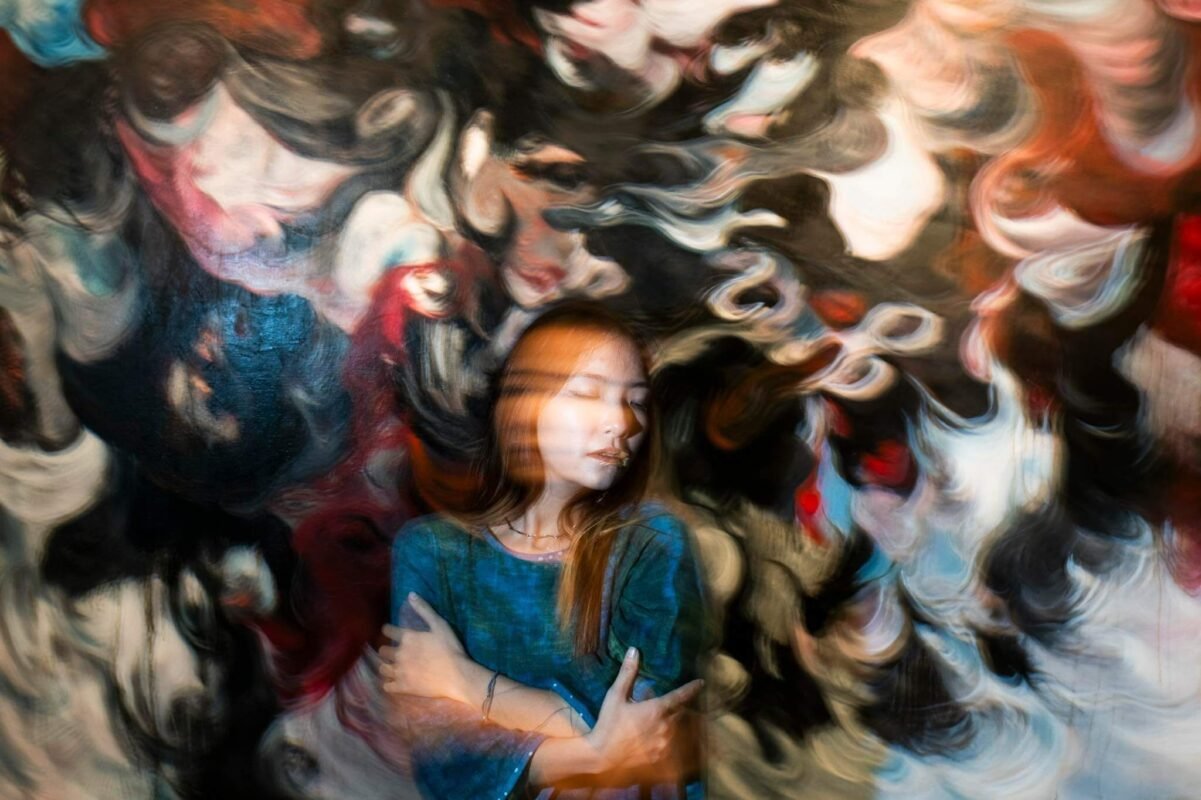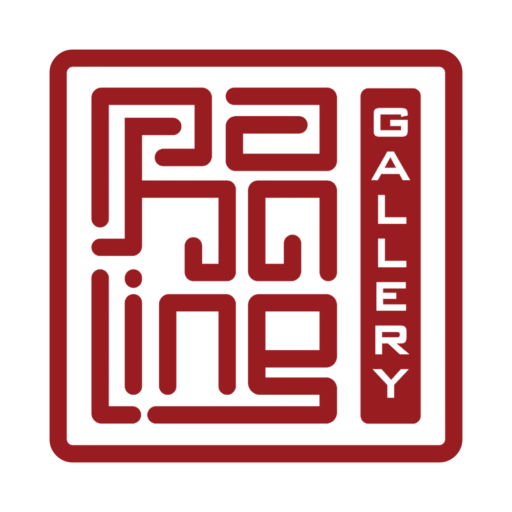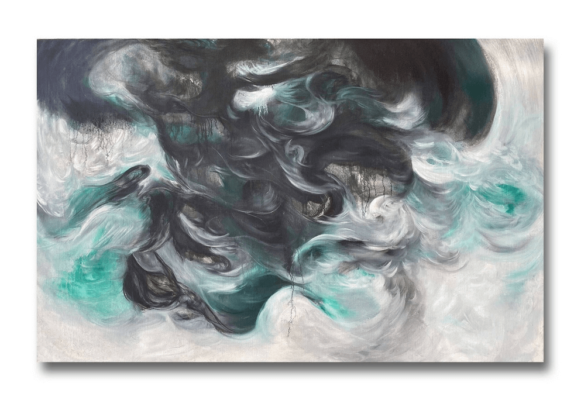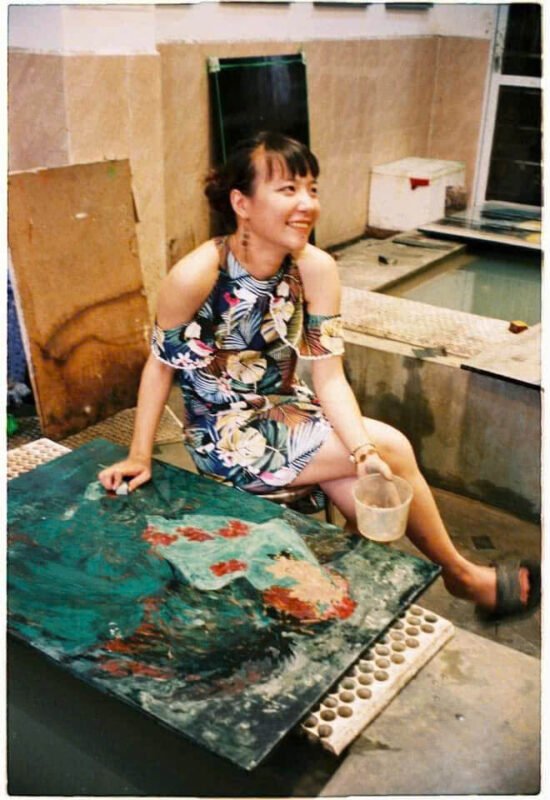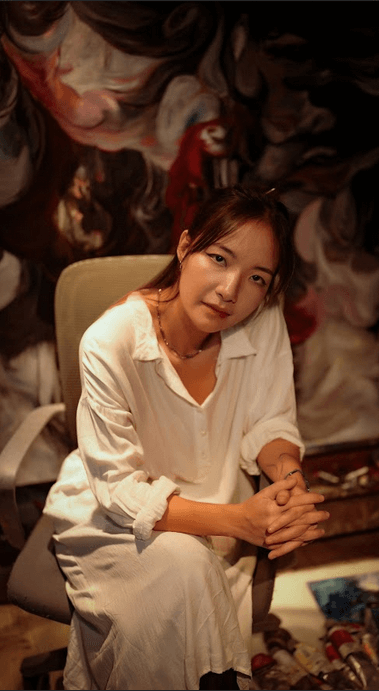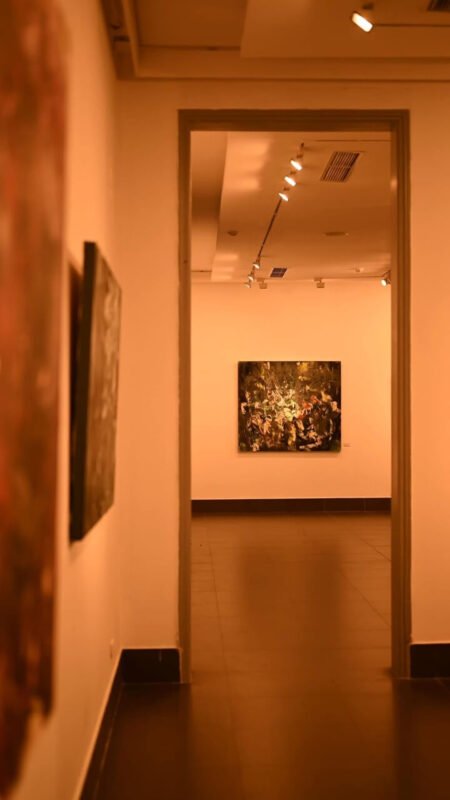Nguyễn Trần Thảo Nguyên is a Vietnamese contemporary artist whose first solo exhibition reveals a deeply personal journey of healing, identity, and emotional resilience. This article explores how she uses art to reflect on past wounds, reclaim her voice, and transform vulnerability into strength — inviting us to ask not just what art is, but what it’s for.
“If you want to understand an artist’s work, you have to know them. Ask about their life — then you’ll understand why they paint what they paint.”
This is a philosophy I live by. Because art, in its truest form, is immaterial.
And artists, too, are immaterial.
What does that mean, you might ask? Isn’t art something we can touch — a canvas, a sculpture? Aren’t artists people we can see and talk to?
Yes — and no. The painting, the sculpture, the physical object — these are merely the bodies of art. Just as an artist has a body. But beneath those visible layers lies something far more elusive: a spiritual essence. One that often goes unnoticed, unseen, or unspoken.
Art is like the sun. It illuminates what we cannot see with the naked eye.
It gives voice to the voiceless — to feelings we struggle to name, to stories left untold, to wounds we carry in silence.
Art is a gift. A gift from God — a medium through which we give and receive grace.
It invites us to confront what is painful, shameful, or buried.
It holds space for the unresolved — and, with time, gently helps us make peace with it.
I believe Vietnamese contemporary artist Nguyễn Trần Thảo Nguyên has received that grace through her work.
She once shared with me:
“I painted to make peace with my past — with all the ups and downs I’ve experienced over the past ten years.”
She wasn’t simply following in her mother’s footsteps; she was also quietly wrestling with how to carve out her own voice, her own vision. In many ways, being “Thu Trần’s daughter” became a double-edged sword — a title that opened doors, yet subtly blurred the lines of her own artistic identity.
She had absorbed the foundations — technique, structure, theory — but over time, she realized that truly finding her voice meant more than building on what she had been taught. It meant renewing her mindset — questioning, shedding, and reimagining everything she thought she knew about art and about herself.
“I’ve spent a lot of time thinking about what kind of work I want to pursue after graduation. I kept asking myself, ‘What am I doing here?’ When I couldn’t find a path that truly resonated with me, I chose to continue my studies with a Master’s degree. I’ve always known I couldn’t settle for a job that feels routine or aimless — just going through the motions without any real meaning. Whatever I commit to, it has to matter on a deeper level. I want my work to not only support my own growth, but also contribute to something bigger than myself — something that creates value for others and for society.”

Now in her thirties, Thảo Nguyên reflects on the past decade of her life — years filled with heartbreak, transition, and soul-searching. Through painting, she processed those moments, gave them shape, and slowly began to make sense of them. Art became her quiet companion through the storm — a mirror, a refuge, a way forward.
I’ve been reflecting on everything I’ve been through. Logically, we always want to find someone to blame — a reason, a culprit. But life isn’t black and white. It’s full of irony. The answers I wanted didn’t come easily. I had to accept that maybe they never will. But what truly scares me isn’t the lack of answers — it’s the idea of letting those moments go to waste. Whether it’s a memory, a love story, a person who enters my life… I want to make the most of it. I want to know that when it’s gone, it still meant something — that it wasn’t all for nothing.”
Her first solo exhibition “Nguyên and Nguyên” emerged as a result of this emotional reckoning.
It wasn’t just an artistic debut — it was a declaration.
A milestone not only in her career, but in her journey toward selfhood.
It was a refusal to compromise. A quiet rebellion.
In every canvas of this Vietnamese solo exhibition, you can feel the unspeakable: pain, shame, guilt, and anger — but also joy, laughter, tenderness, and hope. It is the full spectrum of a young woman determined to live fully — and to live truthfully.
“People’s judgments don’t frighten me. Through my art, I want to be seen and heard. I want to know that my emotions matter. What I create might not be understood by everyone — and that’s okay. It’s not meant to be easily understood. But I believe the message I’m sending will bring comfort to someone out there. That’s what I’m offering to the public.”
In the end, Nguyễn Trần Thảo Nguyên’s story is not just about art — it’s about reclaiming voice, redefining identity, and finding meaning in the messiness of life. Her work reminds us that art is not simply made; it is lived, questioned, broken, and rebuilt.
It asks us, too: What are we doing here? What do we carry that still waits to be seen, heard, healed?
If art is a mirror, then in her work we catch glimpses of ourselves — not as polished subjects, but as vulnerable beings still learning how to make peace with the past and move forward with courage.
And maybe that’s what the best art does: it doesn’t answer all our questions, but it dares us to keep asking them. It reminds us that art isn’t meant to be pretty or perfect — it takes what’s broken, raw, and painful, and turns it into something honest, something healing. It transforms what once hurt into something that can hold light.
